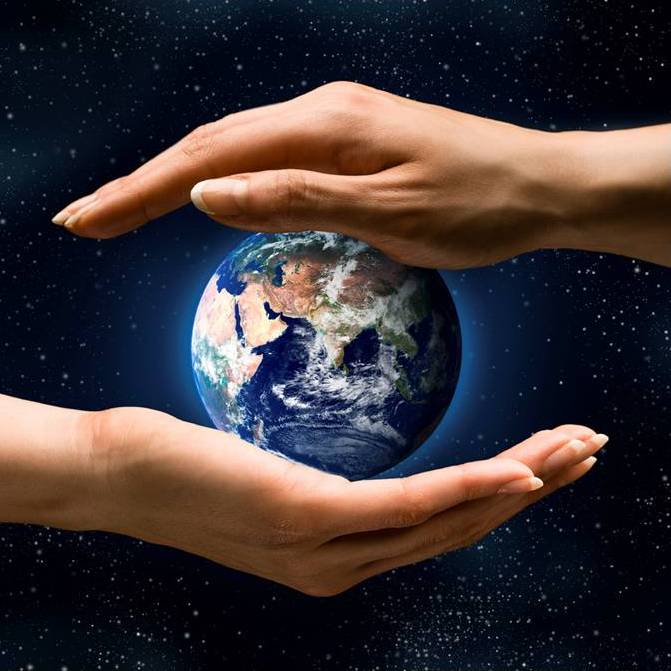
Our Unique Planet
To be able to support life, a planet needs special galactic conditions, a special place within the galaxy, a certain type of star that it orbits at the right distance from it, a moon with the right size and distance, a certain tilt, mass, and element composition, a certain speed at which it rotates, and more. The planet earth has got it all!
The Sun and the Milky Way · The Milky Way is a spiral galaxy not in collision. · The Sun is in a low concentration of stars. · The galactic region has a high local density of metals. · The Sun’s mass ensures a nominally constant energy output for at least 5 billion years.
The Earth has: · Sufficient metal elements from which the complex molecules of life can arise · Relatively low carbon content – to avoid a heat-trapping CO2-rich atmosphere · Relatively low water content – to allow dry land as well as oceans · Rotating molten iron-rich core to induce radiation-shielding magnetic field · Mass which enables an oxygen-rich atmosphere (rather than hydrogen which is too reactive) · Plate tectonics producing continental drift, mountain chains, diverse climates and therefore a diverse biosphere · A nearly circular orbit enabling fairly constant solar input all year round · Distance from the sun to enable sufficient warmth and light for photosynthesis but prevent tidal locking · Huge planets on the outer edges of the planetary system to be shielded from devastating meteor impacts · No huge planets nearby which would interfere with its orbit, gradually driving it into the sun · Moderate tilt to ensure more uniform north-south distribution of solar radiation · Short planetary rotation enabling all-around distribution of incoming solar radiation · A large moon enabling tidal mixing
Our universe and planet are special indeed. The likelihood of finding all the above-listed conditions – a life-supporting galaxy and solar system, as well as a life-nurturing planet – anywhere in the universe has been estimated to be one chance in 1018. With the estimated number of stars in the visible universe being about 1022, this means the possibility of about 104 or 10,000 earth-like planets circling a sun-like star. With about 1011 galaxies in the visible universe, there would be an average of one earth-like planet per 10 million galaxies! Our abode – this special “blue planet” – in the whole vast universe has all the markings of being the product of design – divine intervention in the development of life.
Australian readers may find better values at Fishpond which sells discounted books and delivers them postage-free.
|
|
Seeking the |
See also my husband's site http://www.spirituality-for-life.org
Web design: Eva Peck (using XSitePro site
builder)
Photos: Alex
Peck (unless otherwise noted)
© 2009 and beyond -- All Rights Reserved
Website hosting: VodaHost (unlimited websites and domains at low cost)
Last
updated: September 22, 2015

 Facebook
Facebook Twitter
Twitter Digg
Digg Stumbleupon
Stumbleupon